Cat Diseases
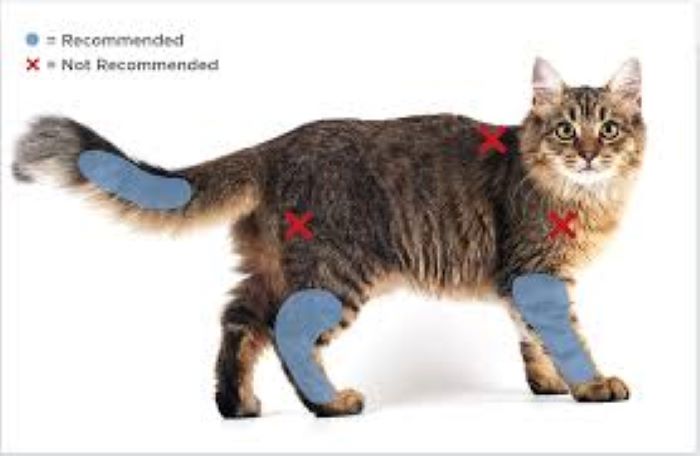
Parvovirus (Panleukopenia; Feline Distemper)
The feline parvovirus is found worldwide, affecting cats in much the same way as parvovirus affects their canine counterparts. The ...

Hair Loss in Cats – (Alopecia)
Loss of hair, either locally or generalized over the coat of a cat, is another type of skin problem that ...

Chlamydophila in Cats: Symptoms and Treatments
Chlamydophila refers to a type of bacteria affecting cats that can cause infections like conjunctivitis, rhinitis, and respiratory disease. This ...
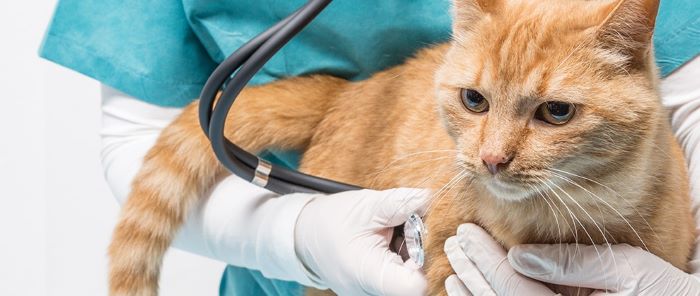
Arterial Thromboembolism
Cats afflicted with cardiomyopathy suffer from impaired circulation, which in turn can lead to a condition known as arterial thromboembolism. ...
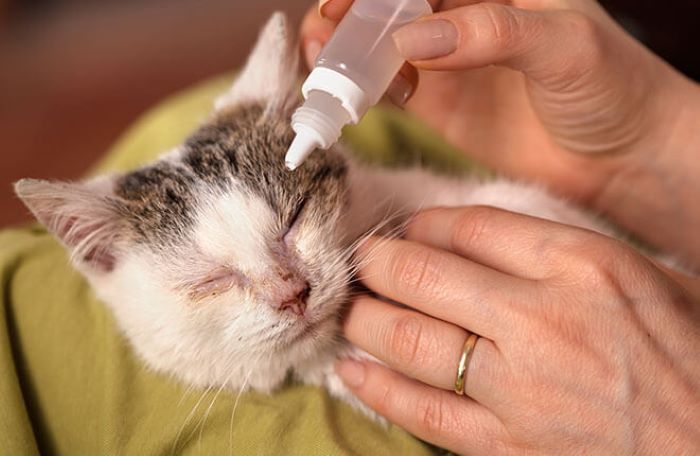
Cat’s Conjunctivitis
Inflammation of the thin, transparent mucous membrane lining the inner portion of the eyelids and front part of the sclera ...
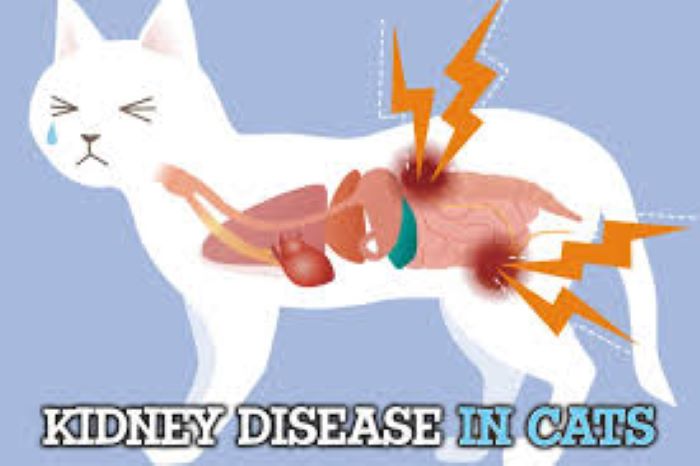
Kidney Disease
The kidneys are responsible for eliminating waste products produced by the body’s normal metabolism. If they fail to perform this ...
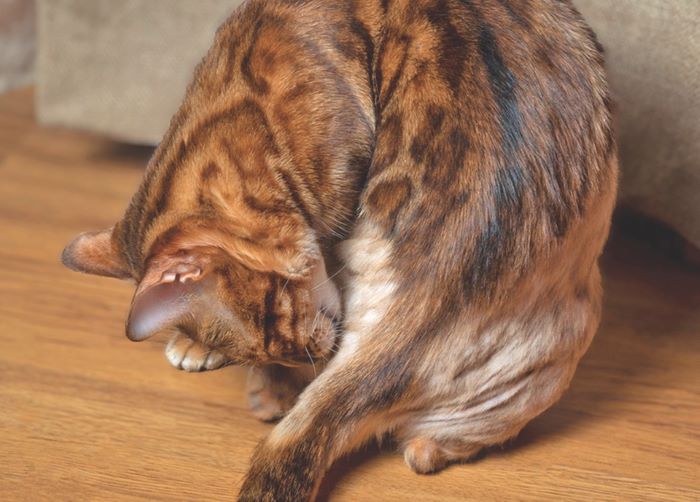
Cat’s Neurodermatitis
Feline neurodermatitis results in hair loss and/or skin irritation due to nervous licking and chewing. The highly emotional breeds of ...
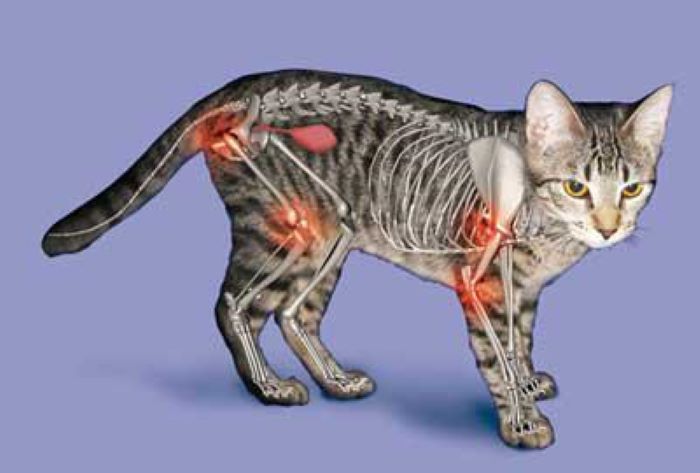
Arthritis Due to Autoimmune Disease
Sometimes, an overactive immune system can lead to an arthritic condition. In these instances, immune complexes consisting of antibodies coalesce ...
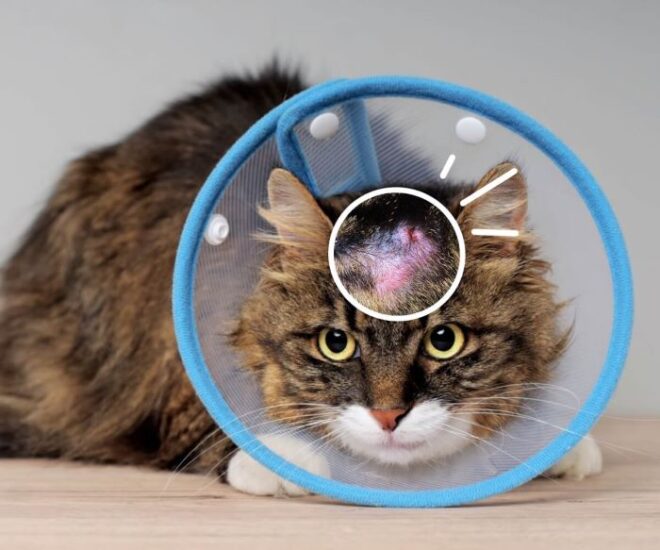
Fungal & Bacterial Infections in Cats: Prevention and Care
Like all living things, cats can suffer from bacterial and fungal infections. Felines groom themselves constantly, exponentially increasing their exposure ...






